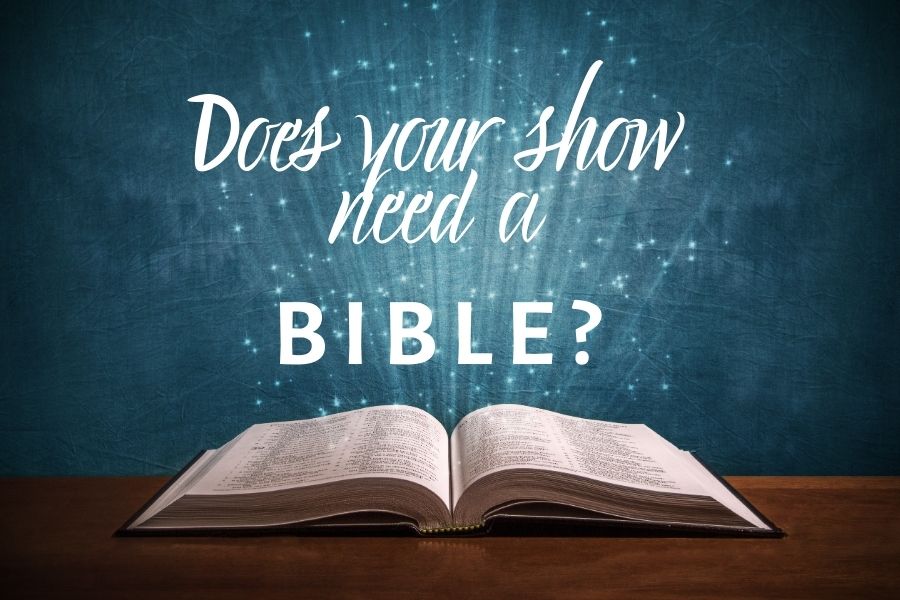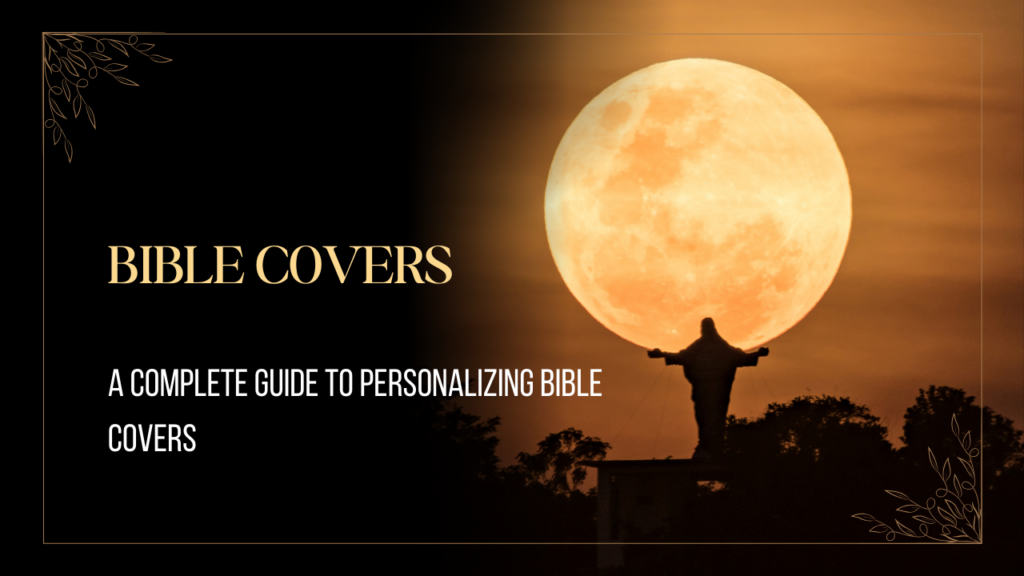sExplore the books of the Bible in Order both Old and New Testament order, with insights into chronological order, historical context, and reading plans for beginners and advanced study.

List of Books of the Bible in Chronological Order
Understanding the Bible in chronological order means arranging the books according to historical events, not their canonical order. This can enhance comprehension by showing the sequence of events as they happened. Here’s a simplified chronological list for key events:
-
- Genesis – Creation and early human history
- Exodus – The Israelites’ escape from Egypt
How to Read the Books of the Bible in Order
Many people wonder if they should read the Bible in the order of its books. While some prefer to read from Genesis to Revelation, a thematic or chronological approach may be more insightful. A common plan is to start with the Gospels in the New Testament before diving into the Old Testament.
Books of the Bible in Order of Events
To understand the story of the Bible as a continuous narrative, you can explore the books in the order of historical events. This method brings out the flow of God’s relationship with humanity.
Old Testament Books of the Bible in Order
The Old Testament consists of 39 books in most Christian Bibles. Here’s the order:
-
- Genesis
- Exodus
- Leviticus
New Testament Books of the Bible in Order
The New Testament has 27 books, starting with the Gospels and ending with Revelation. Here is the canonical order:
-
- Matthew
- Mark
- Luke
Catholic Books of the Bibles in Order
The Catholic Bible includes the Deuterocanonical books, which are not found in Protestant Bibles. Here’s the order:
-
- Genesis
- Exodus
- Tobit (Deuterocanonical)
Timeline of Books of the Bibles in Order
Arranging the books by their estimated dates of composition offers insight into the historical and cultural context of each era. This timeline approach reveals the development of biblical themes over time.
Books of the Bibles in Order for Beginners
If you’re new to the Bible, start with more accessible books like the Gospels (Matthew, Mark, Luke, and John) before exploring complex Old Testament texts. A study guide or reading plan can be very helpful.
How to Memorize the Books of the Bibles in Order
Memorizing the books of the Bible can aid in study and navigation. Try grouping them into categories, such as Pentateuch, Historical, Wisdom, Prophets, Gospels, and Epistles, to make memorization easier.
Books of the Bibles in Order by Date
Scholars often discuss the Bible in terms of when the texts were written. Dating books by their estimated composition helps place each in a historical framework, offering additional context to the stories and teachings.
Books of the Bibles in Order for Kids
For kids, simplified versions and illustrated Bibles are great tools for understanding the Bible’s structure. Starting with familiar stories (e.g., Noah’s Ark, David and Goliath) can help kids learn the order naturally.

